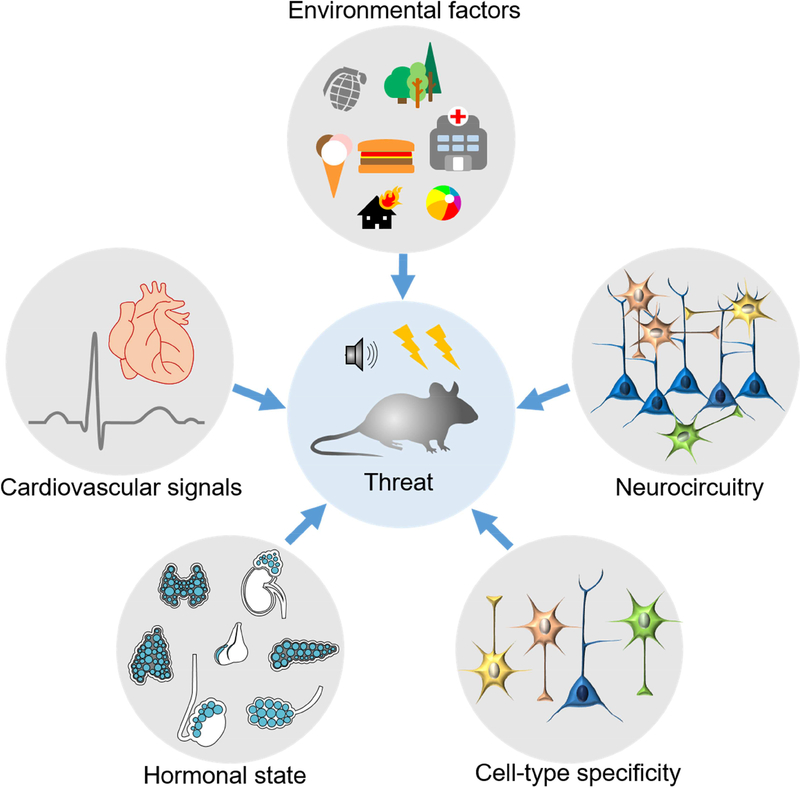Figure 3. Factors that can influence threat memories.
A broad spectrum of factors can have a crucial impact on the encoding of features of enduring trauma and threat-relevant memories. Amongst others these are: environmental factors (e.g. early life adversity, diet), neurocircuitry (e.g. alterations within GABAergic, glutamatergic, serotonergic or dopaminergic circuits), cell-type specificity (e.g. Dkk3, Tac2 in BLA/CeA), hormonal state (.e.g. CRH, glucocorticoid and estrogen levels) and cardiovascular signals (e.g. heart rate). Most often it is an interaction of several of these factors that influence threat memories.

